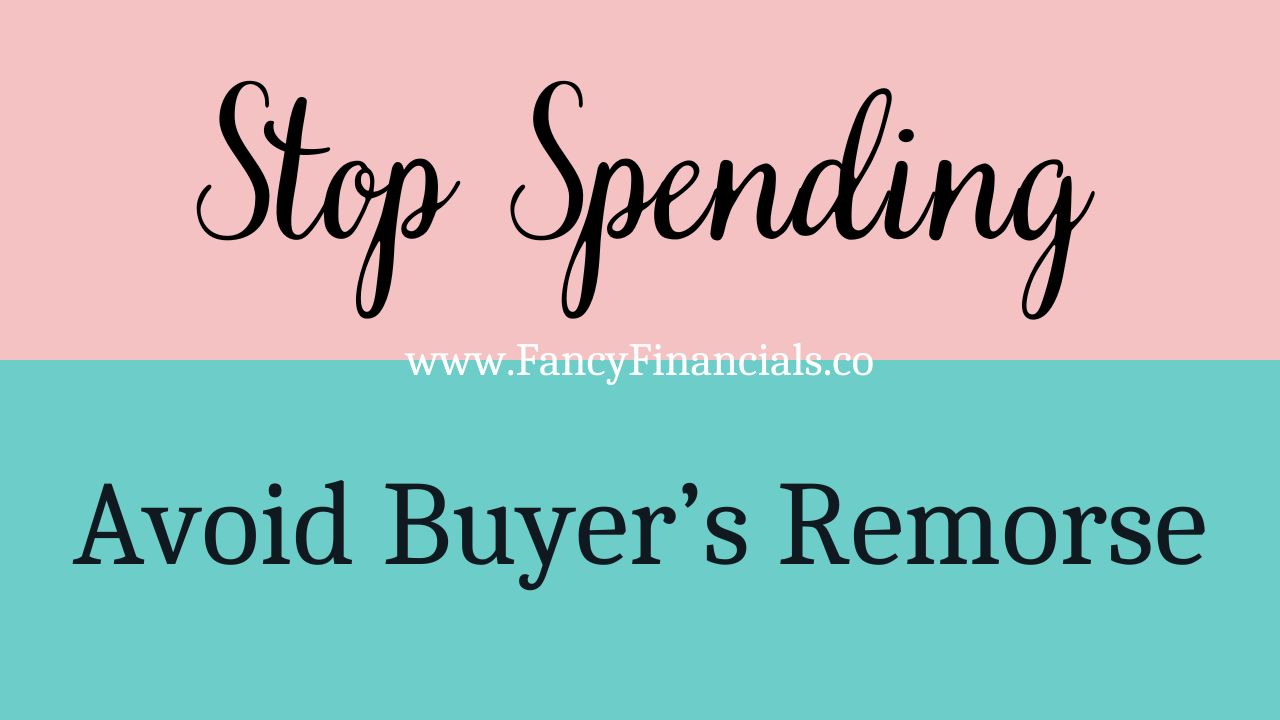If A Psychologist Offers Advice To Tame Your ‘Impulse Buying’ Habit you might have Compulsive Buying Disorder. But, what is the Psychology of Spending Money? What is Impulse Buying and how do you stop impulse spending? One of the best ways to start Avoiding Impulse Purchases is by learning your triggers then you can figure out how to stop impulse buys before they become a problem and lead to buyer’s remorse!
In a world saturated with advertisements, sales, and endless online shopping options, resisting the urge to buy on impulse can be a challenging feat. Impulse buying is more than just a moment of weakness; it’s a psychological phenomenon influenced by various factors. Understanding the psychology behind spending can empower you to make more mindful choices, helping you save money and avoid buyer’s remorse.
The Science Behind Impulse Buying
Impulse buying often stems from emotional triggers. Whether it’s the thrill of a sale, the allure of a new gadget, or simply the need for a mood boost, our emotions play a significant role in our spending habits. Retailers know this and design their strategies to exploit these vulnerabilities, from flashy “limited time offers” to strategically placed products.
Several psychological principles explain why we make impulse purchases:
- Instant Gratification: The desire for immediate pleasure or relief can lead to impulsive decisions. Buying something new can release dopamine, the brain’s “feel-good” chemical, providing a temporary mood lift.
- FOMO (Fear of Missing Out): Limited-time offers and flash sales create a sense of urgency and scarcity, making us feel that if we don’t act now, we’ll miss out on something valuable.
- Social Influence: Seeing others buy something, especially through social media, can trigger a sense of conformity and a desire to keep up with trends.
- Cognitive Dissonance: When we experience a conflict between our thoughts and actions, such as wanting to save money but also desiring a new product, we may justify the purchase to alleviate this discomfort.
Strategies: How To Stop Impulse Buying
- Create a Budget and Stick to It: Outline your monthly income and expenses, and allocate specific amounts for discretionary spending. Knowing your financial limits can help you resist the temptation to splurge.
- Use the 24-Hour Rule: When you feel the urge to make an impulse purchase, wait 24 hours before buying. This pause can help you assess whether you truly need the item or if the desire fades over time.
- Avoid Shopping When Emotional: Shopping while feeling stressed, sad, or bored can lead to impulsive decisions. Find alternative ways to cope with emotions, such as exercising, reading, or spending time with loved ones.
- Unsubscribe from Retail Emails: Reduce the number of tempting offers you receive by unsubscribing from promotional emails and following fewer retailers on social media.
- Make a Shopping List: Whether for groceries or clothes, always make a list before you shop and stick to it. This practice can keep you focused and prevent unnecessary purchases.
- Set Financial Goals: Having clear savings goals, such as a vacation or an emergency fund, can motivate you to think twice before making impulse purchases. Visualize these goals to reinforce your commitment.
- Practice Mindful Spending: Before buying, ask yourself questions like: Do I need this? Can I afford it? How will this purchase impact my finances? Reflecting on these questions can promote more deliberate spending habits.
- Use Cash Instead of Cards: Paying with cash can make the spending experience more tangible and painful, reducing the likelihood of making impulsive purchases.
Conclusion
Curbing impulse buying is not about denying yourself pleasure but about making conscious decisions that align with your financial goals and values. By understanding the psychological triggers behind your spending habits and implementing strategies to manage them, you can take control of your finances and make purchases that bring lasting satisfaction. Remember, the power to change your spending behavior lies within you, and with practice, you can master the art of mindful spending.
Don’t Miss A Thing…
Be sure to follow @FancyFinancials on Social Media via Facebook, Instagram, Twitter, Pinterest, LinkedIn, TikTok, and Subscribe on YouTube! Plus, sign up to get the Fancy Financials Newsletter sent straight to your inbox!
About Me:
Hi, if we haven’t officially met I’m Blogging Brandi and this is my Money Blog! I am an ex-corporate Kool-Aid Drinker, Born to be a Blogger, Creator, and Entrepreneur. I also LOVE my dogs and RV a lot! Plus, I have a background in Accounting, Investments, and a Finance Degree! So, I kinda, maybe, sorta, might know a thing about money! Check out the About Page for all the details! 😉
P.S. Got Questions? I’ve got answers reach out via [email protected] (or using the form on my Contact Page).
Affiliate Disclaimer: Note this description contains affiliate links that allow you to find the items mentioned and support me at no cost to you. While I may earn minimal sums when the viewer uses the links, the viewer is in no way obligated to use these links. Thank you for your support!
Related:
- The Psychology of Spending: Avoiding Impulse Purchases
- Compulsive Buying Disorder – an overview
- A Psychologist Offers Advice To Tame Your ‘Impulse Buying’ Habit
- Impulse Buying: What It Is and How to Stop

Hi, if we haven’t officially met I’m Blogging Brandi and this is my Money Blog! I am an ex-corporate Kool-Aid Drinker, Born to be a Blogger, Creator, and Entrepreneur. I also LOVE my dogs and RV a lot! Plus, I have a background in Accounting, Investments, and a Finance Degree! So, I kinda, maybe, sorta, might know a thing about money! Check out the About Page for all the details! 😉

